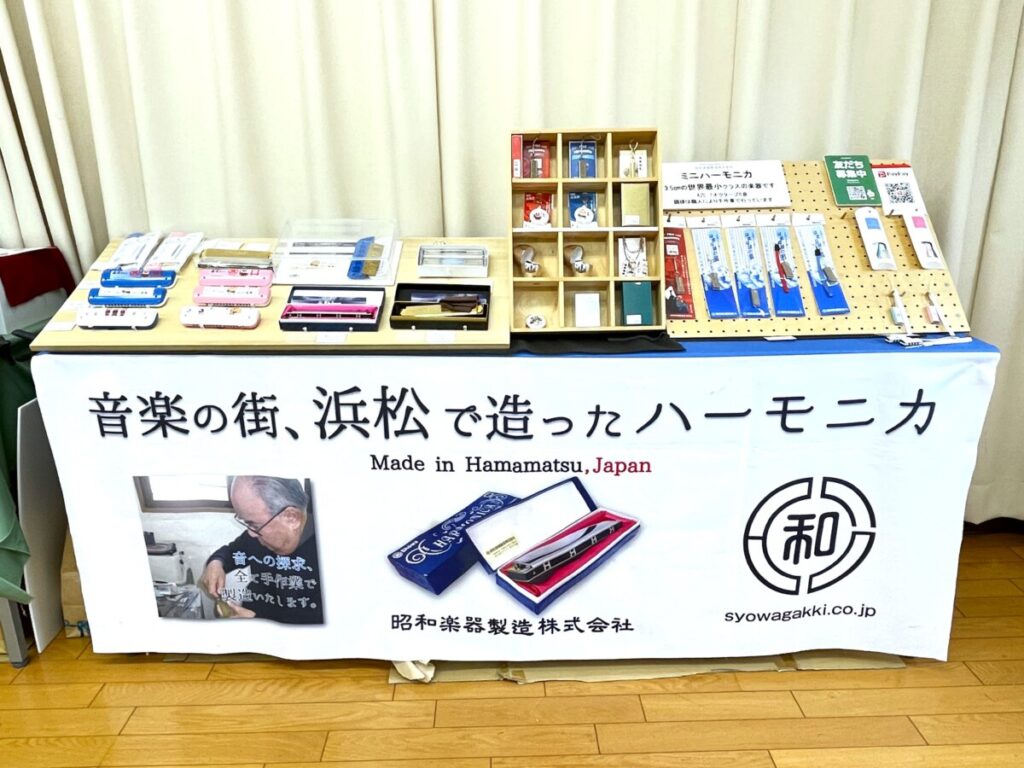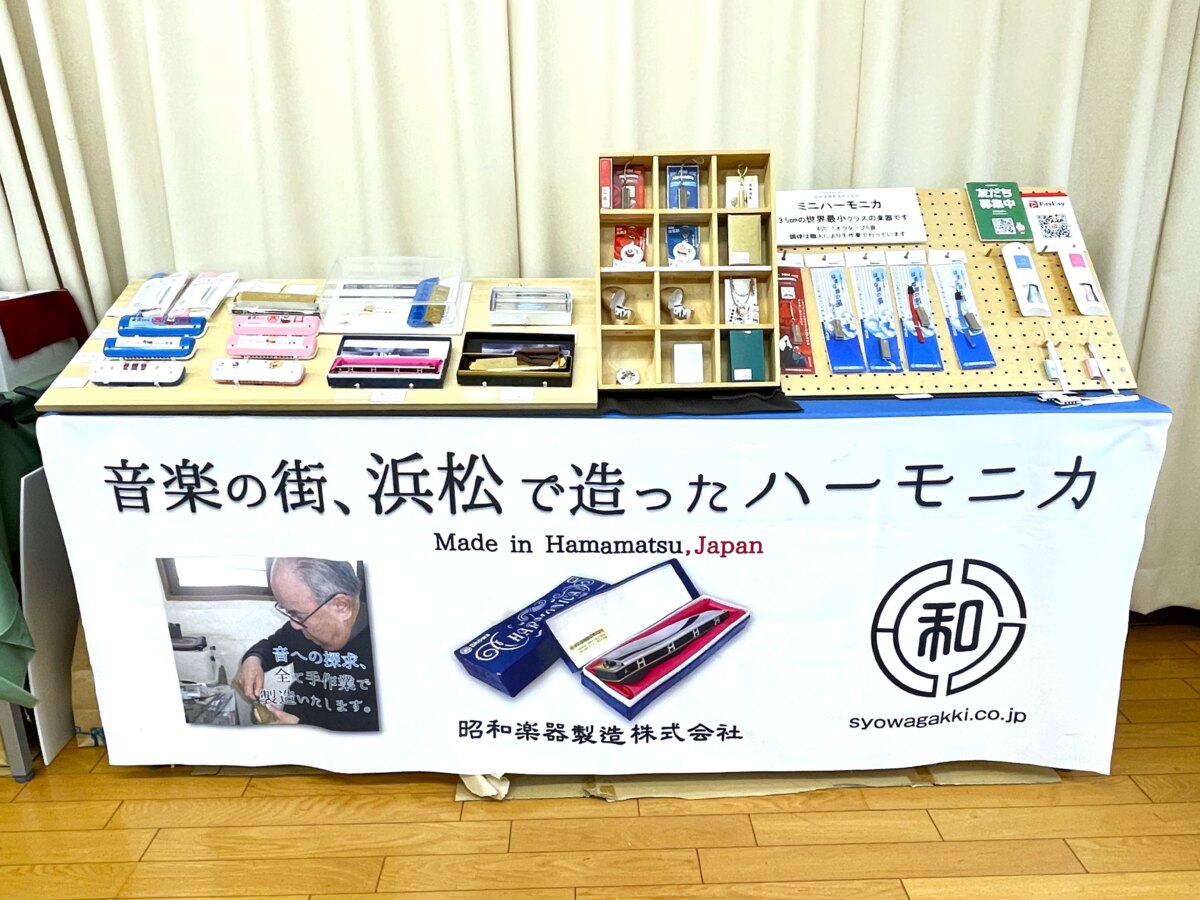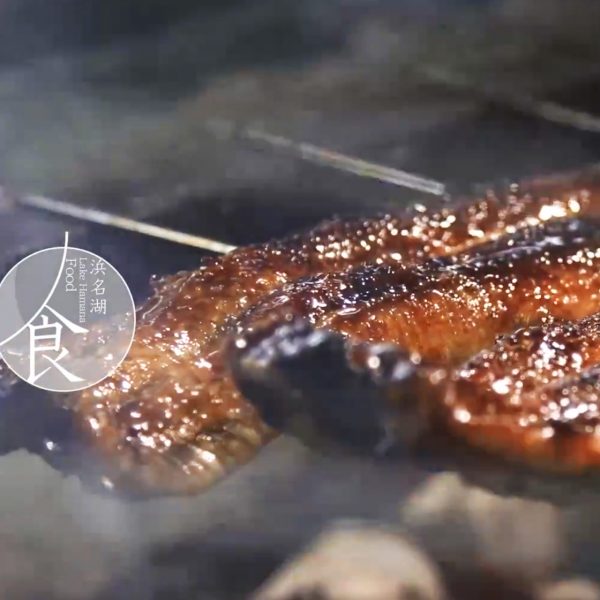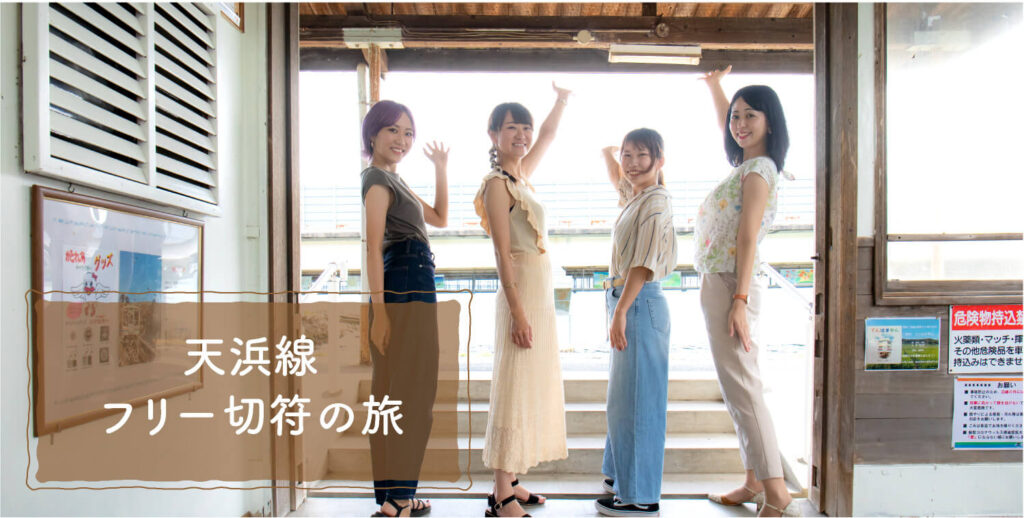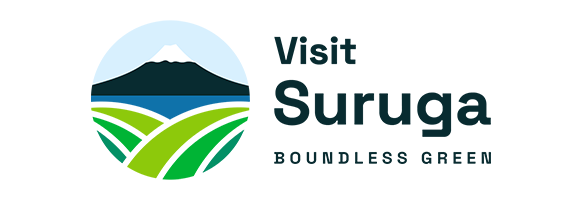Get to Know Hamamatsu
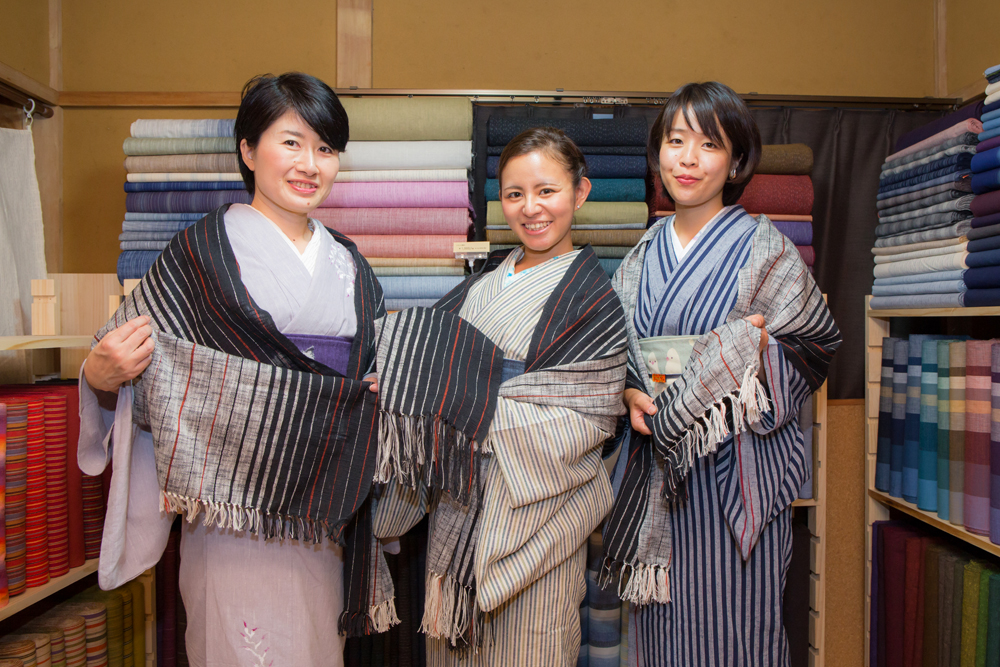
- Watch
A weaving experience journey where you can experience traditional Enshu cotton
This time, Jenne and her friends visited Ikenuma Kobo Chiori, a weaving shop that handles Enshu cotton. Enshu Momen is a soft material that does not feel uncomfortable when it touches the skin, making it the perfect textile to wear. This time, Jenne and her friends will experience making stoles. One of the fun parts of the experience is finding your favorite fabric from among the wide variety of colors available.
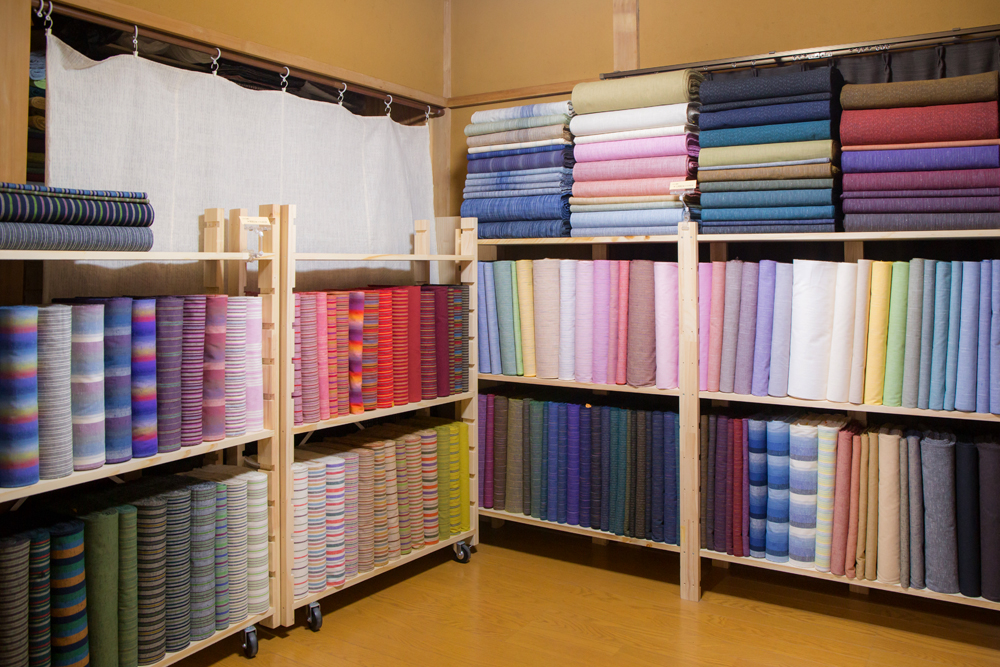
Start the experience
They immediately picked up the fabric that was lined up in a row and put it on my neck. I started choosing with a serious look on my face, wanting to make something that would not only go well with the Enshu cotton kimono I wore that day, but also something that could be used on a daily basis. There are dozens of things to worry about while checking out the texture and feel of the colorful red, green, blue, and purple fabrics. It’s like choosing an outfit at a store, and it’s hard to decide, “This one looks more like ____,” or “Ah, that looks good on me, too.” Finally, someone said, “It would be nice if we all matched!” and in the end, we all chose the same fabric. Let’s try making a stall right away.
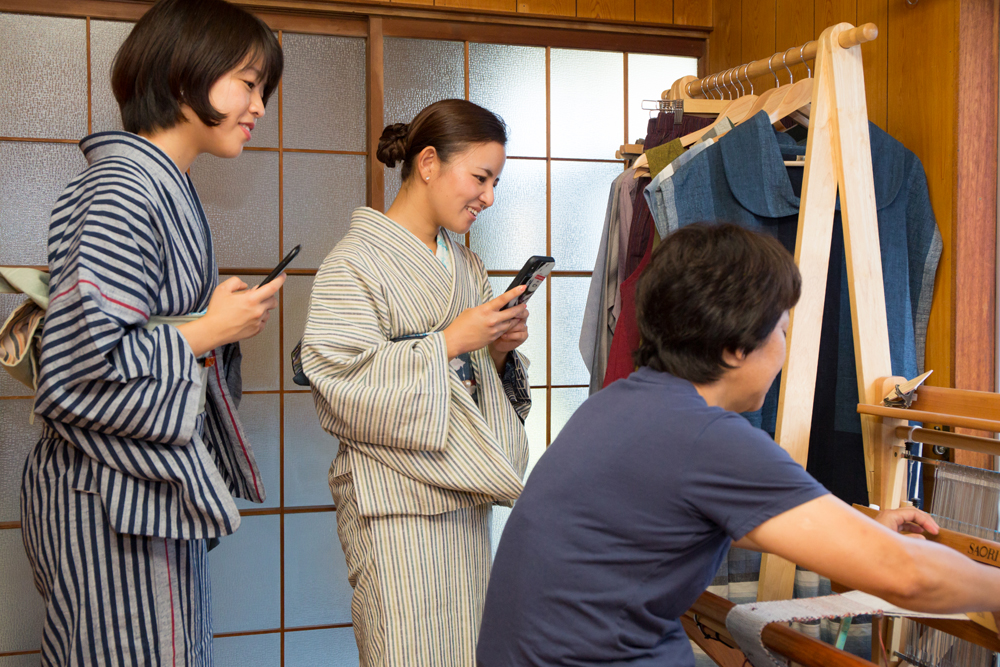
First, Jenne and her friends see the loom for the first time and ask questions one after another about how the fabric itself is made. Afterwards, we sat down at a table and listened to an explanation from our instructor, Ms. Kishida. Decide on the length of the fringe part and make vertical cuts on both sides with scissors. Then, using a perforator, only the weft threads are pulled out from the fabric, which is knitted with warp and weft threads. Jenne, who had been chatting until just now, was silent and concentrating unbelievably. Peeking from the side, you can see that the weft threads are being pulled out with practiced hands. For some reason, just looking at it is interesting.
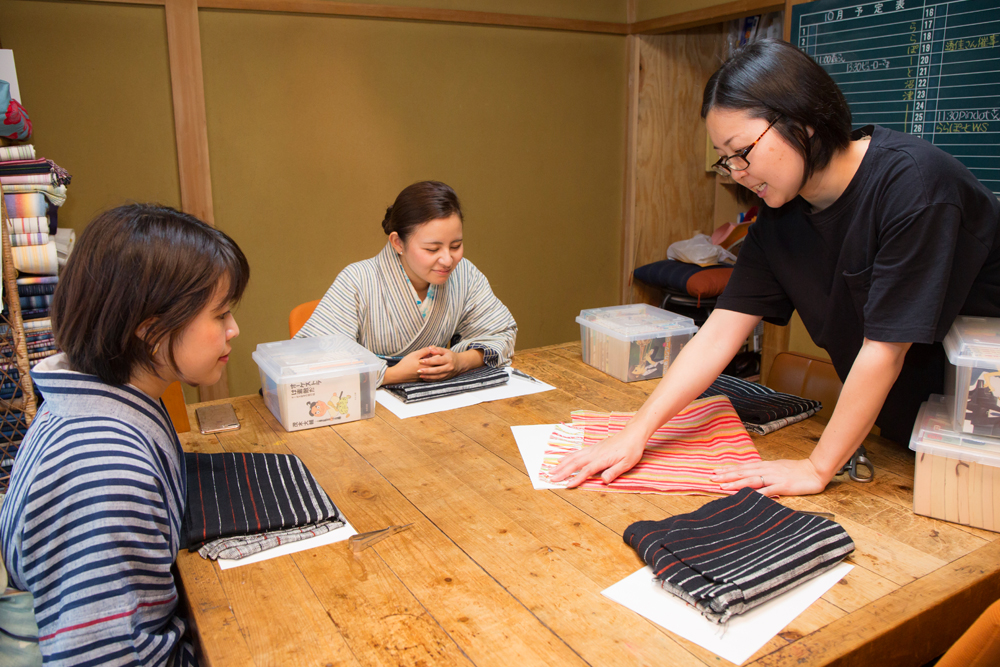
After pulling out the weft threads to the length I decided on, I created the fringe. You can either braid it or just tie it. I was also shown the deftly woven fringe that someone else had made. Jenne and her friends are surprised to see the delicate stitches that seem to make them faint. We decided on the length and knotting method for each piece. It’s perfect for when you want to concentrate without thinking about anything.
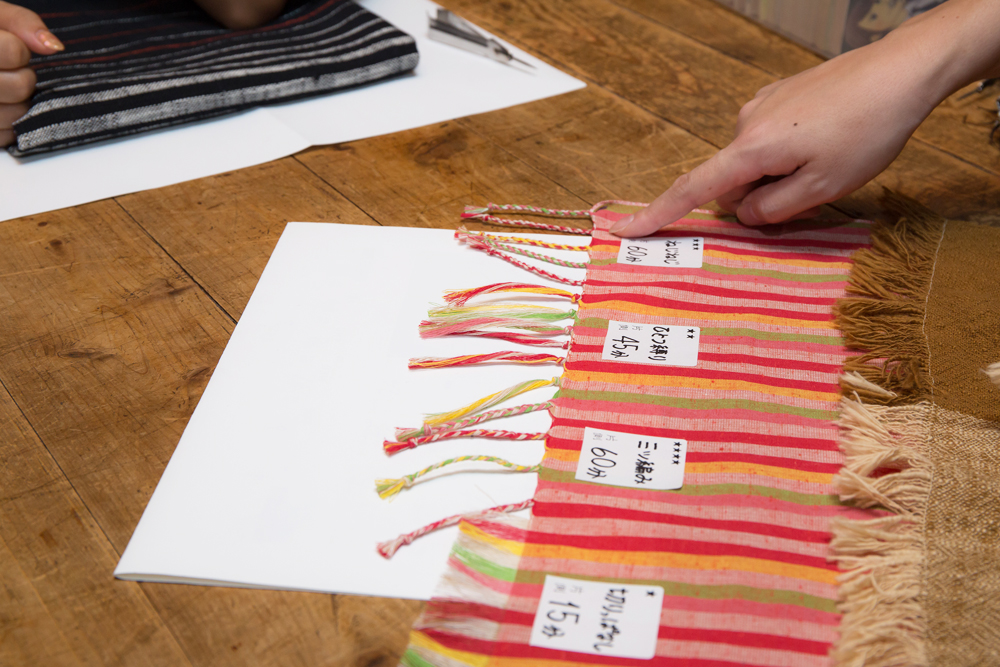
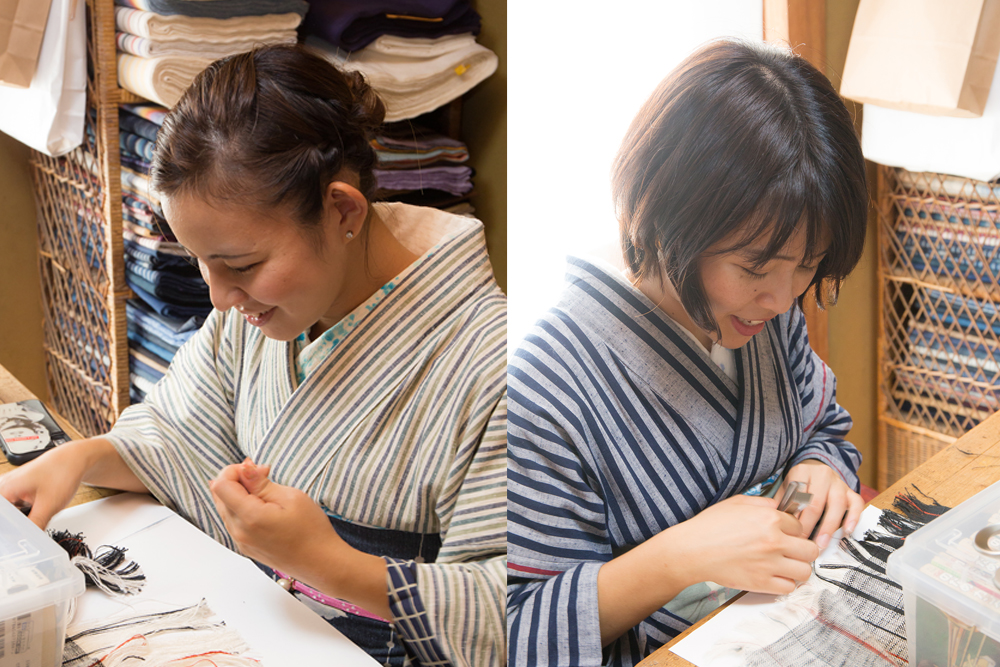
Before you know it, time has passed and everyone’s work is finally finished. Immediately wrap it around your neck. “It’s so cute❗”, “I want to wear this when I go out❗”, “You can use it right now!!”. We all wrapped up our stoles and took a commemorative photo in the room where the fabrics were kept. She seems to be very satisfied with this lovely Enshu cotton stole that will come in handy in winter.
What I experienced this time was making a stole by selecting fabrics, but it is also possible to make placemats and table runners by changing the length. The editorial staff who was watching from the side also purchased fabric to make placemats.
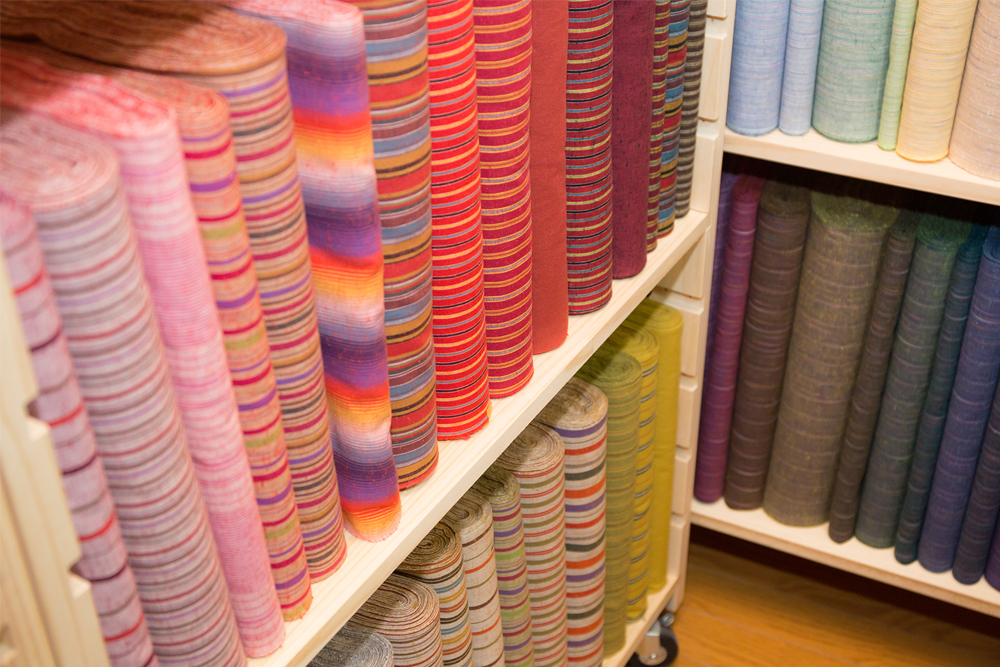
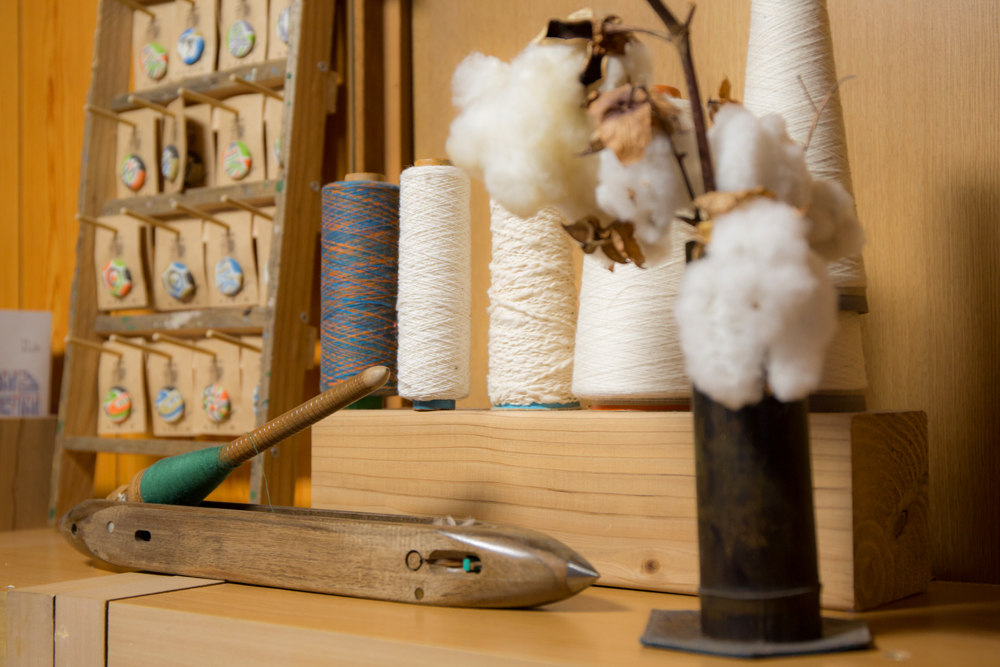
●About Sea Lake HAMANA Jenne
